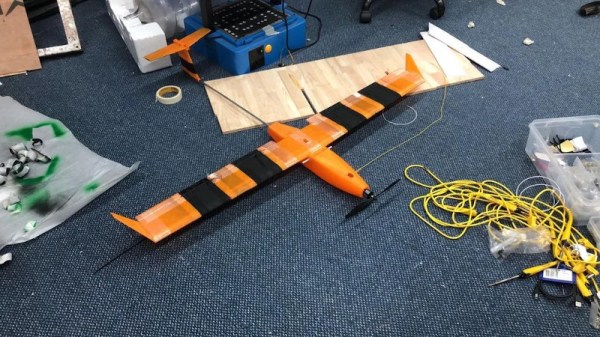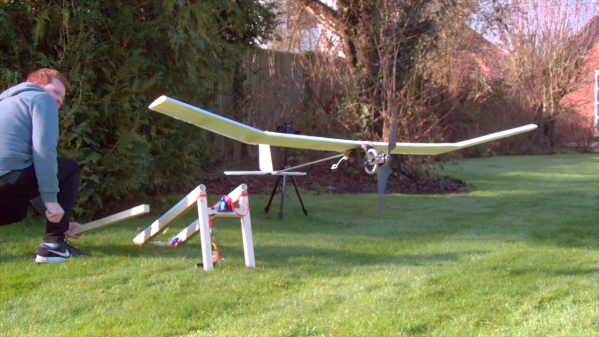Takata Corporation has become well known as a lesson in product safety, thanks to their deadly airbags which were installed in cars worldwide. Despite filing for bankruptcy in 2017, their shadow lingers on as the biggest product recall in history continues to grow ever larger. Over time, the story grows deeper, as investigators find new causes for concern and deaths continue to mount.
In late 2019, another Takata recall was announced — one which caused fresh worry among industry officials familiar with the case. Up to this point, the defective parts produced by Takata were the models based on ammonium nitrate propellants, a chemical that other manufacturers had deemed too dangerous to use. However, there have been reports of other models using different chemistries having fatally injuring motorists, raising the question of whether any Takata airbag could be considered safe.


















